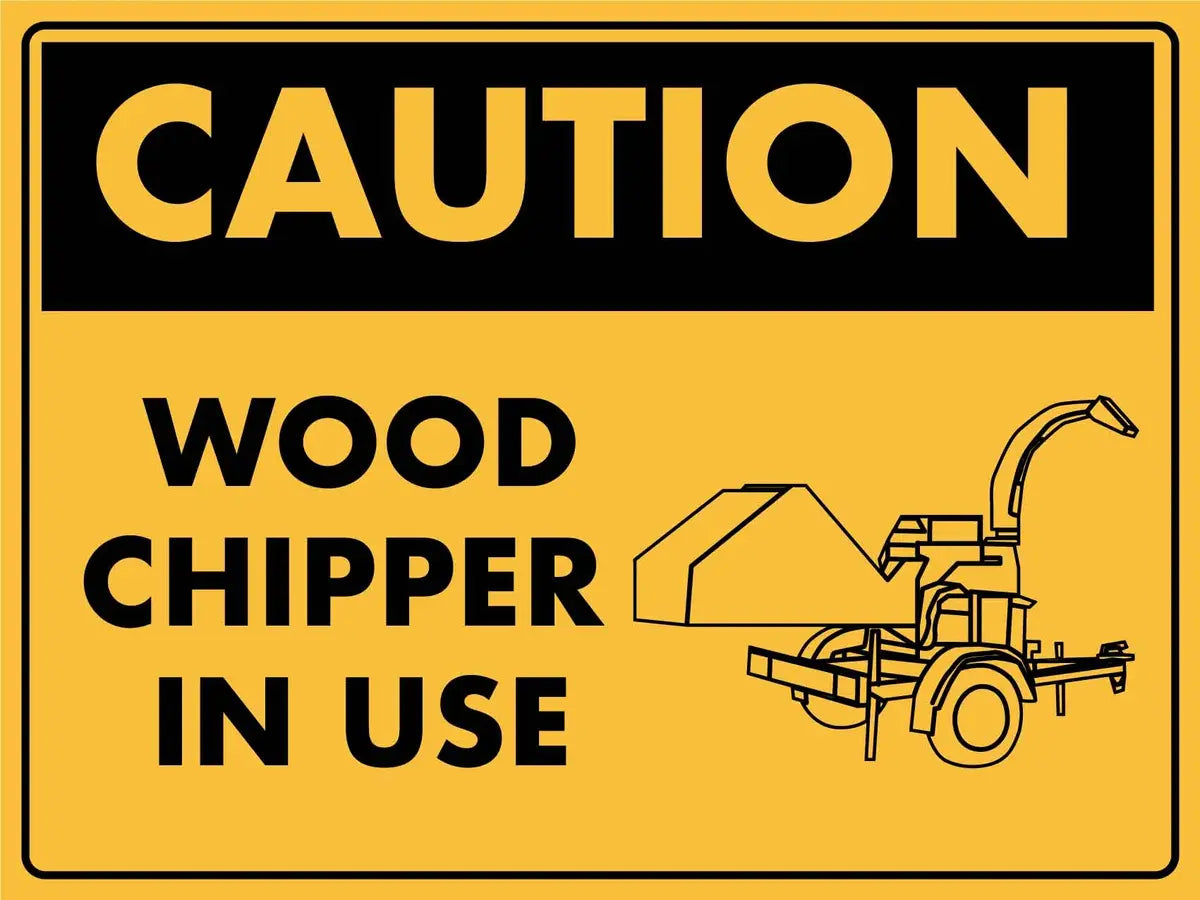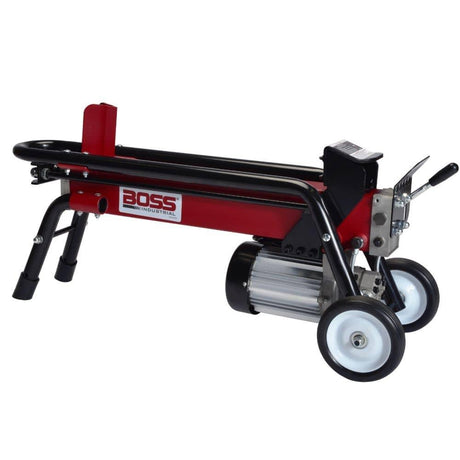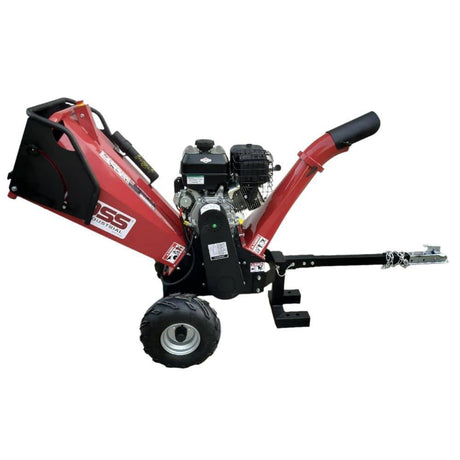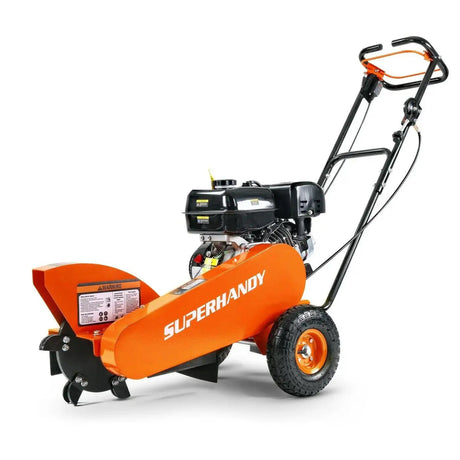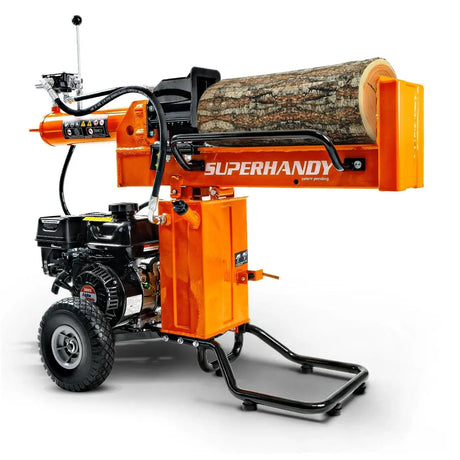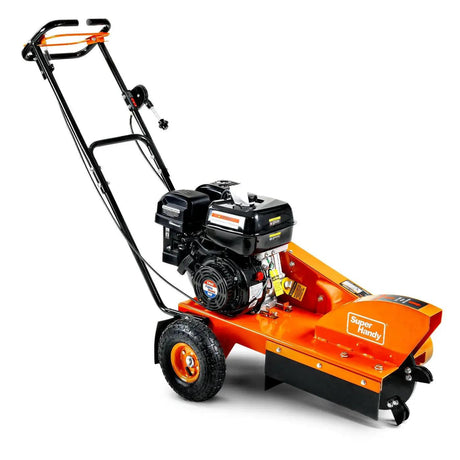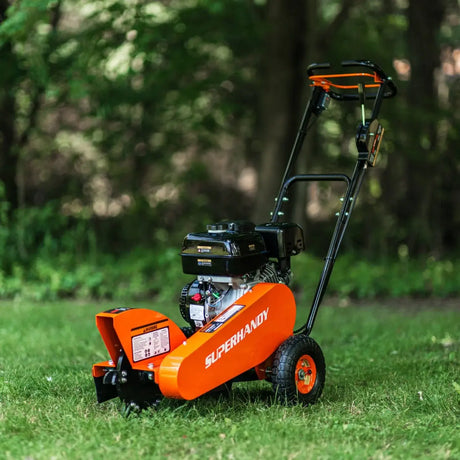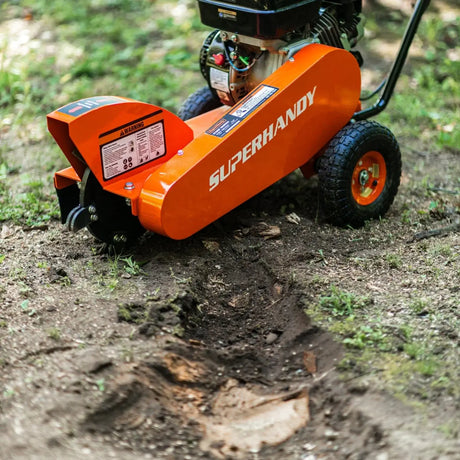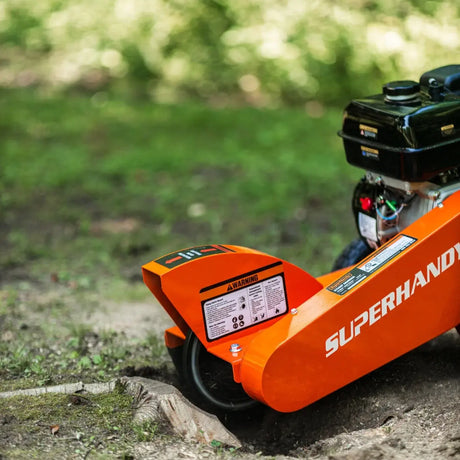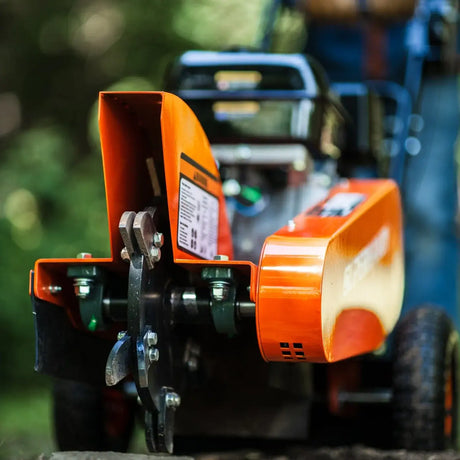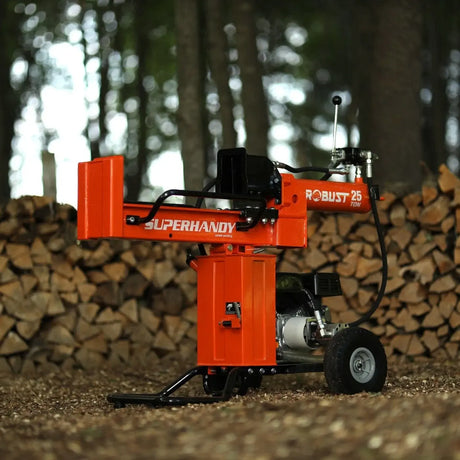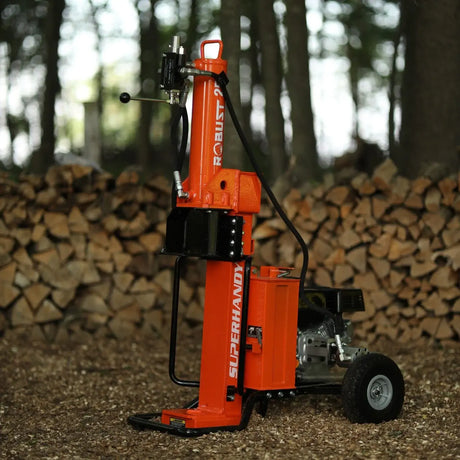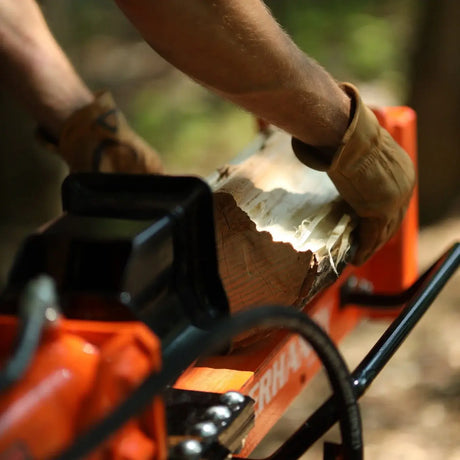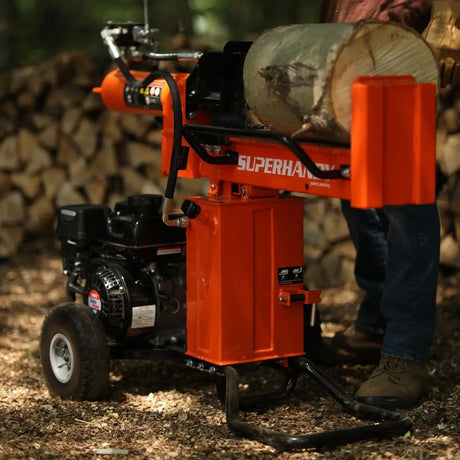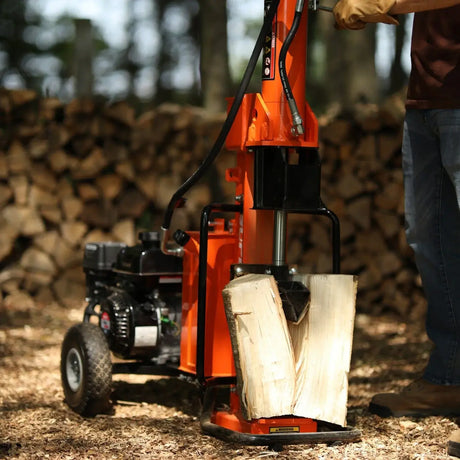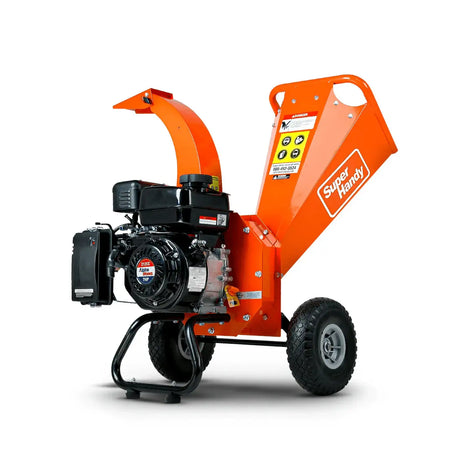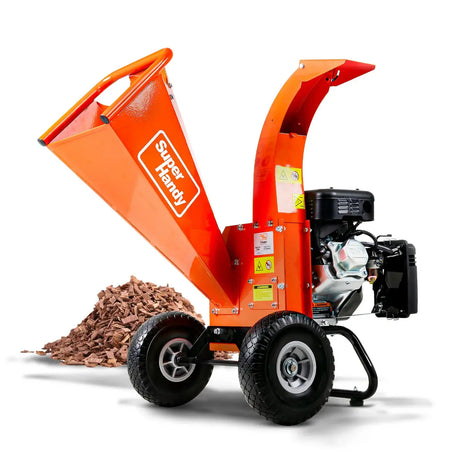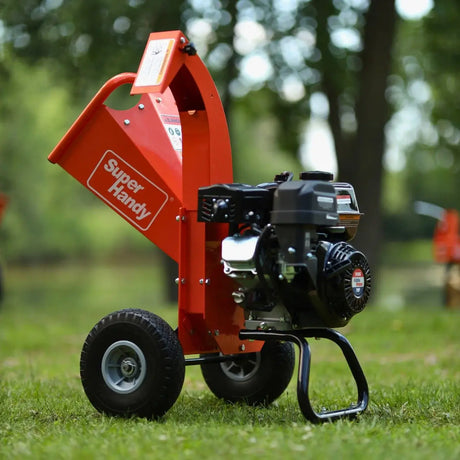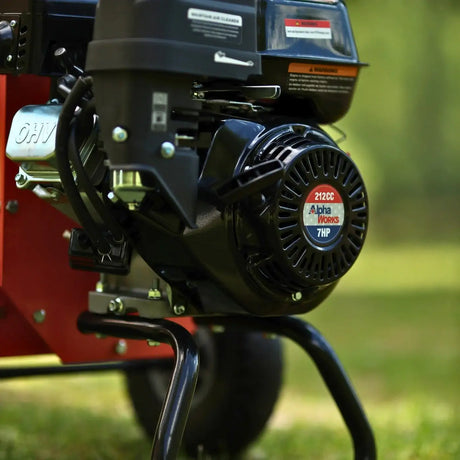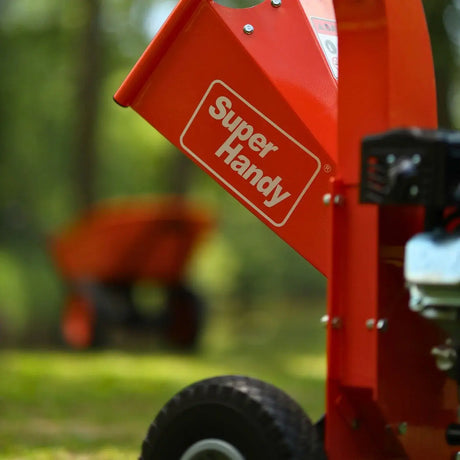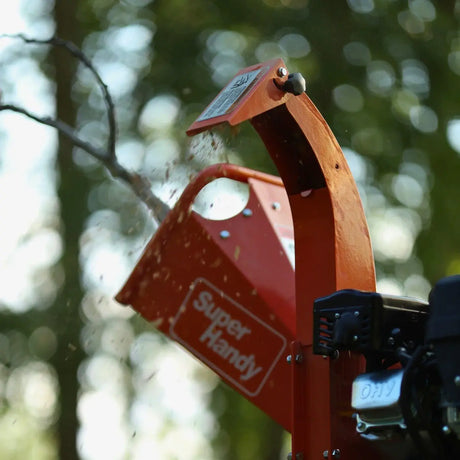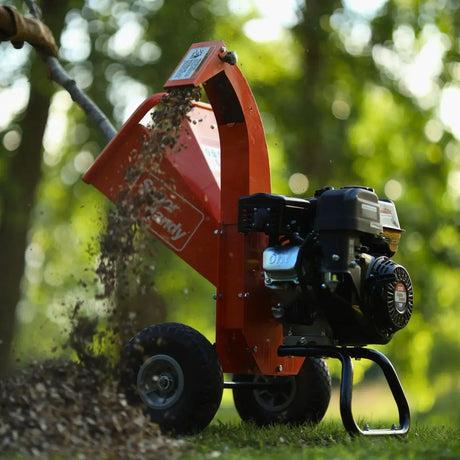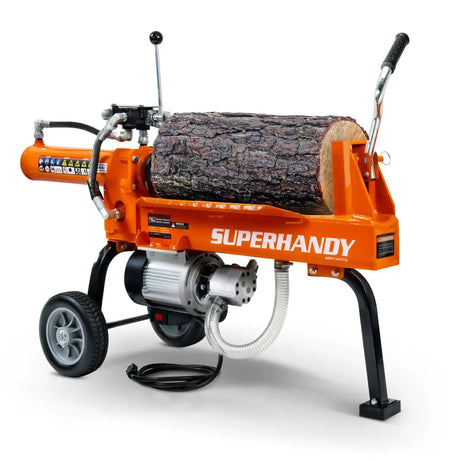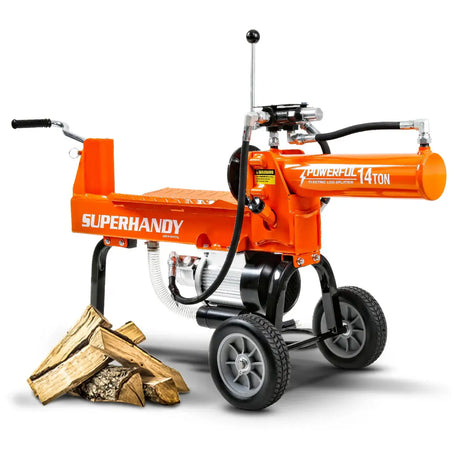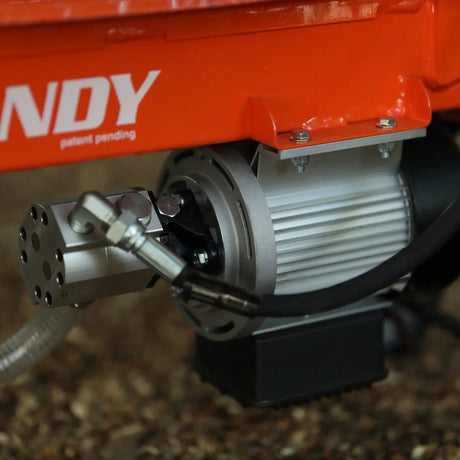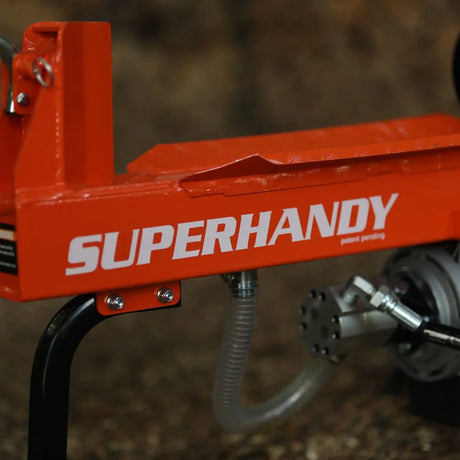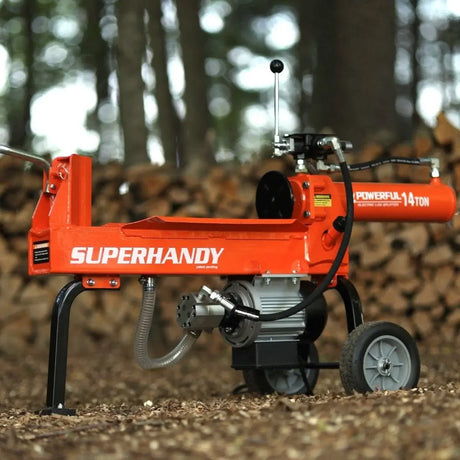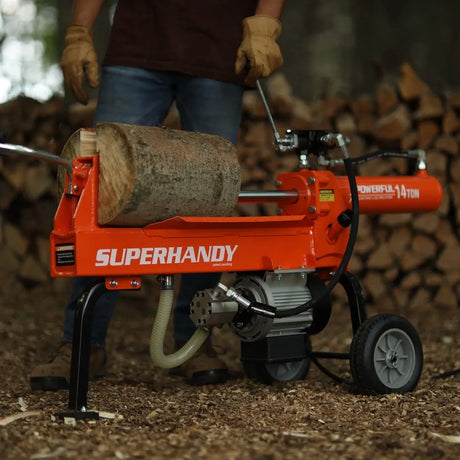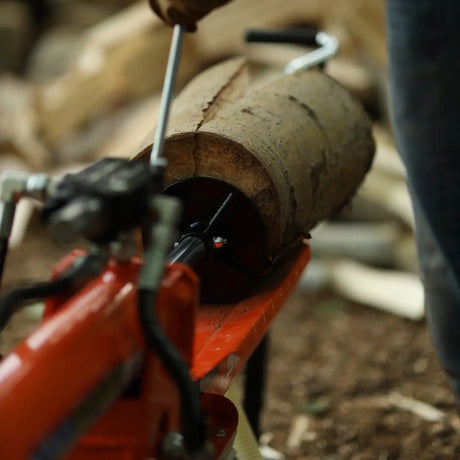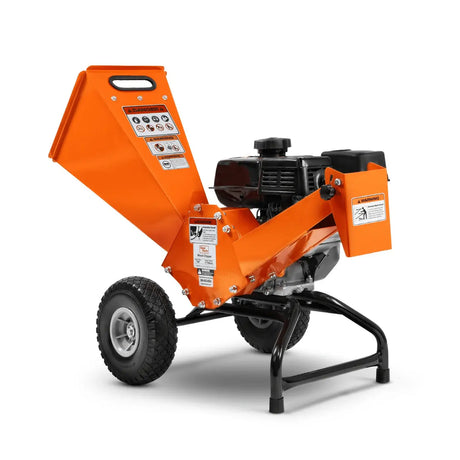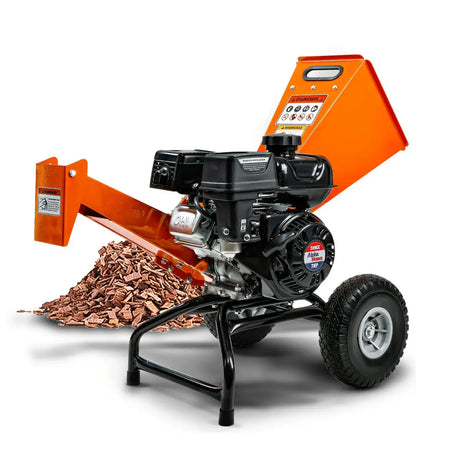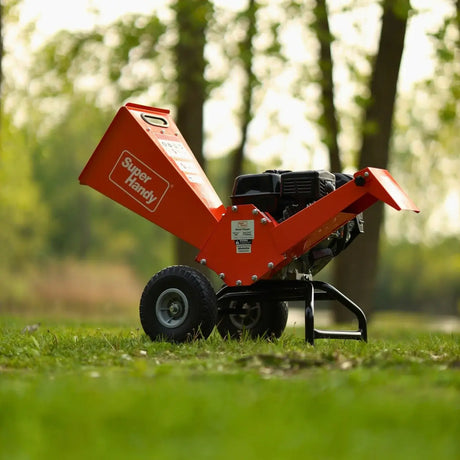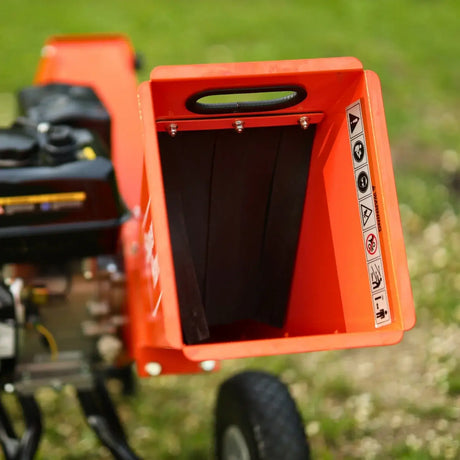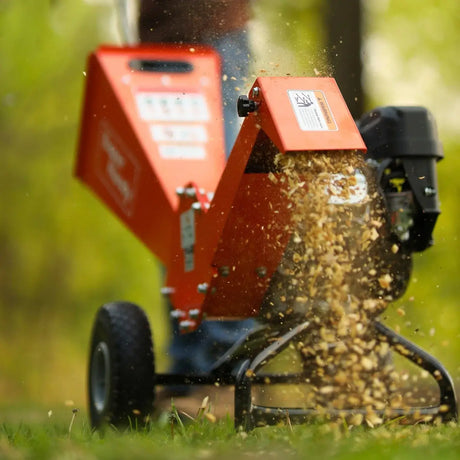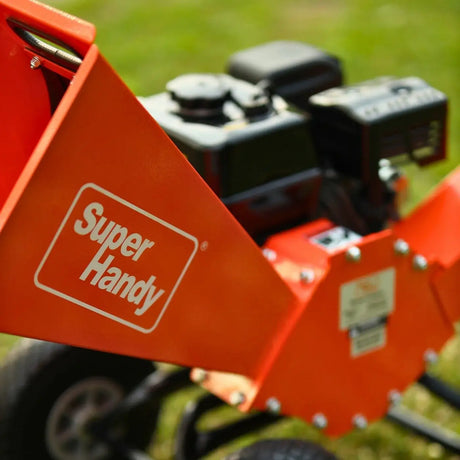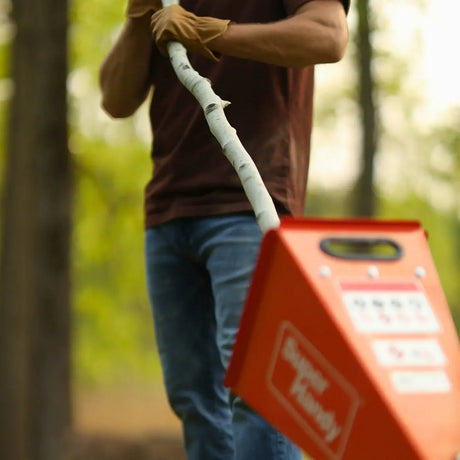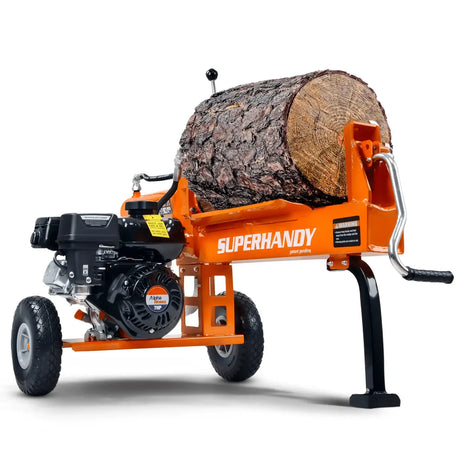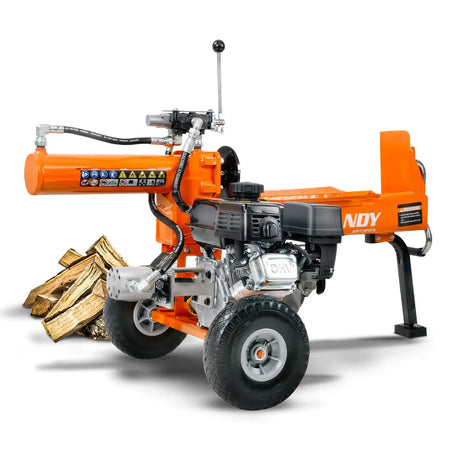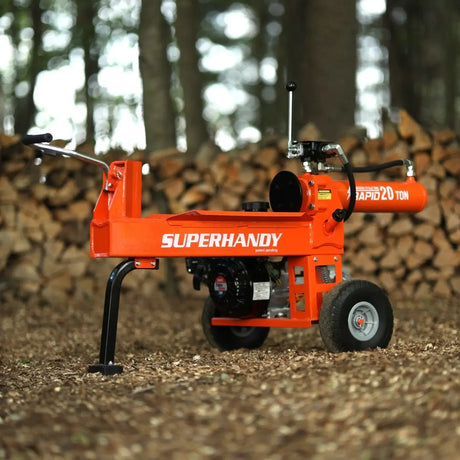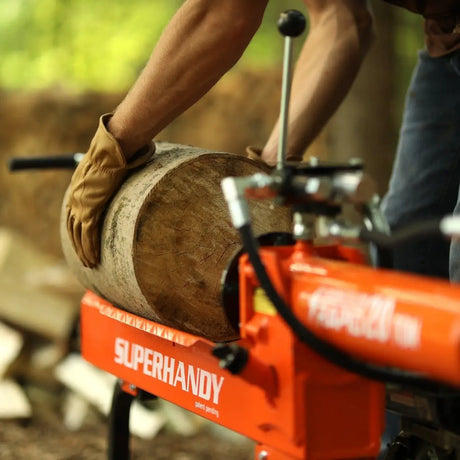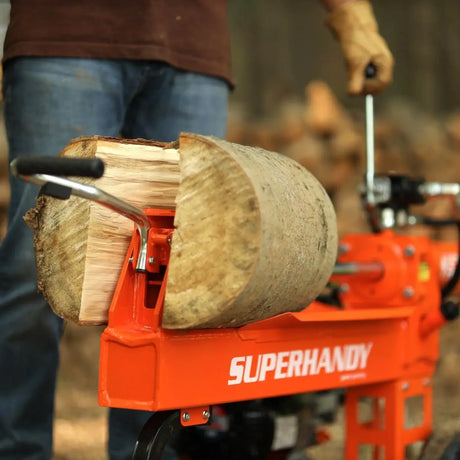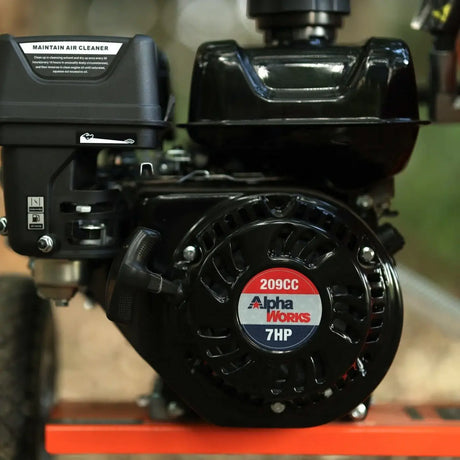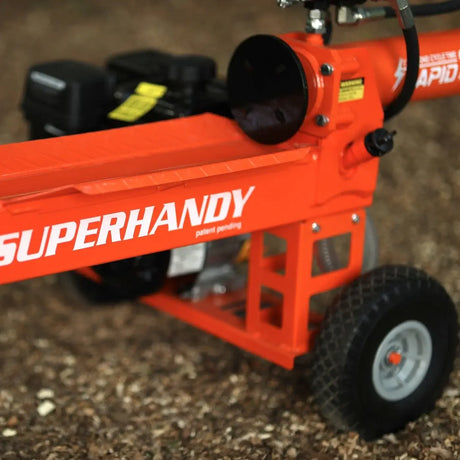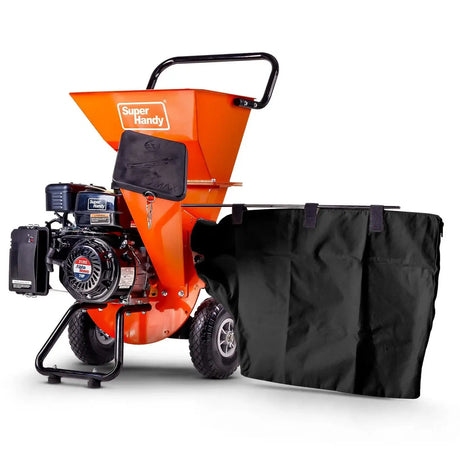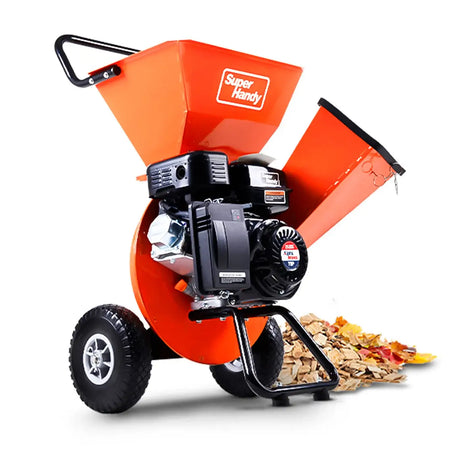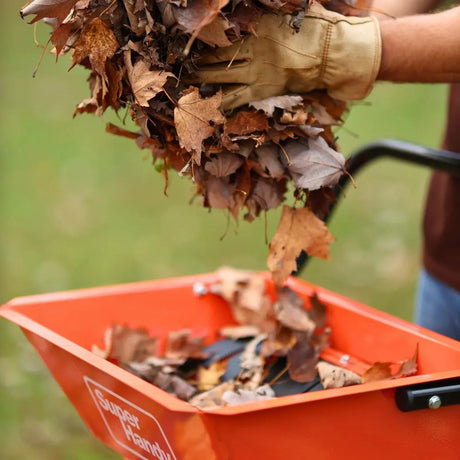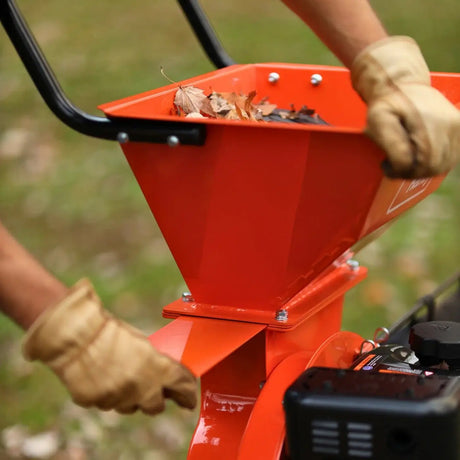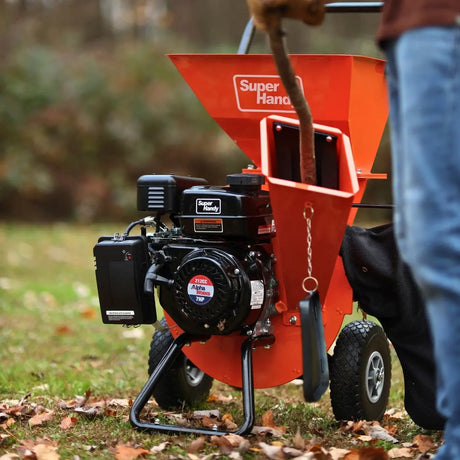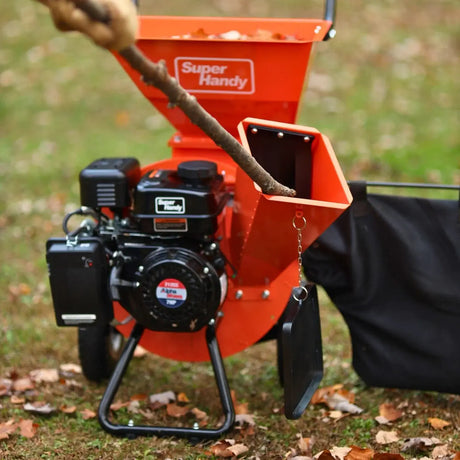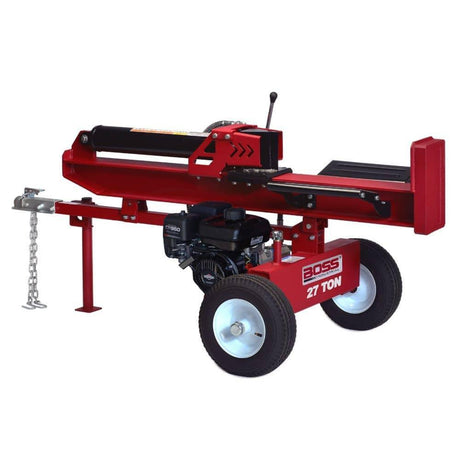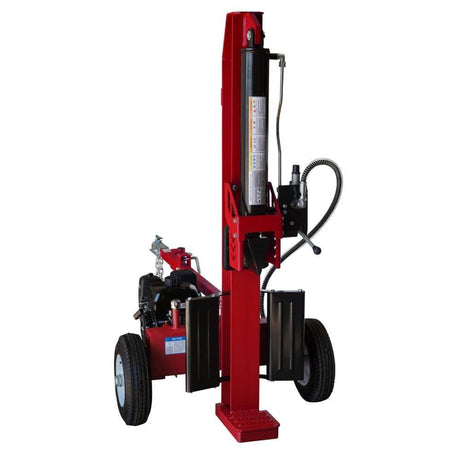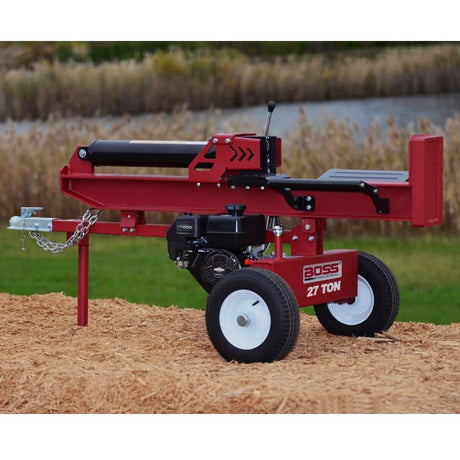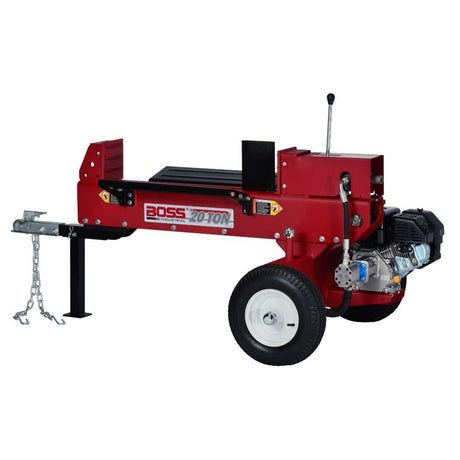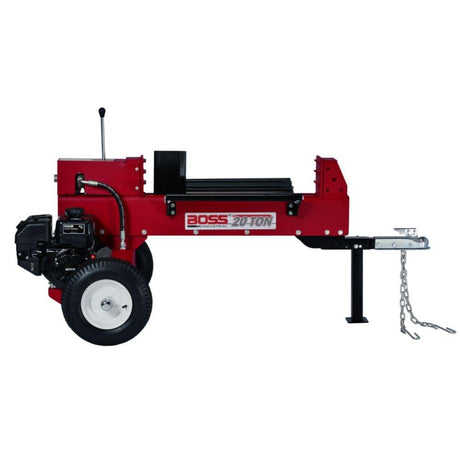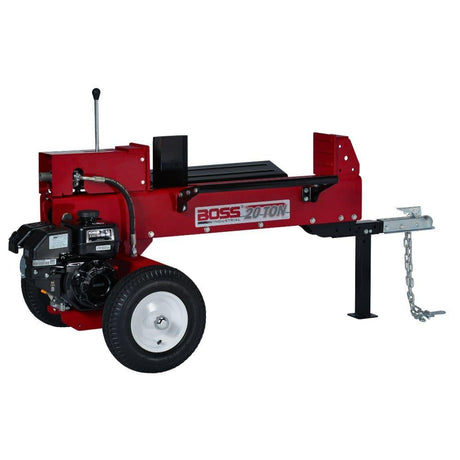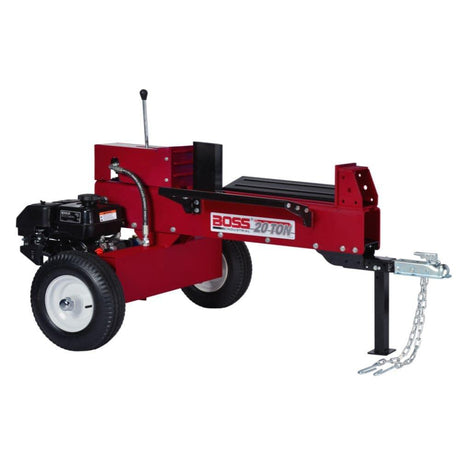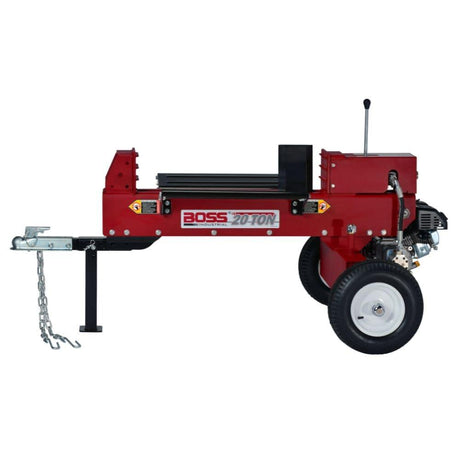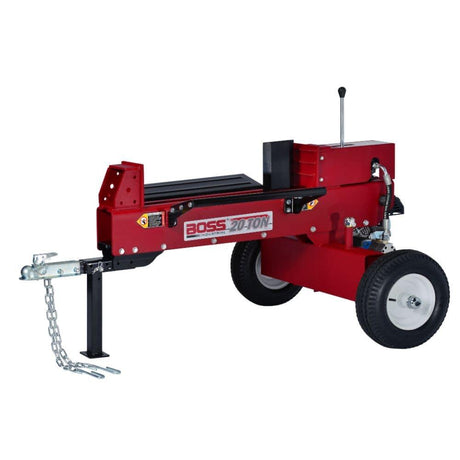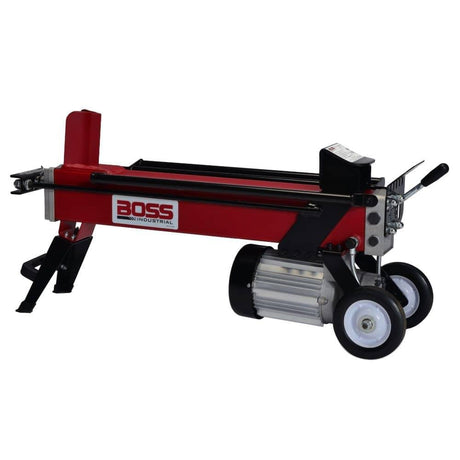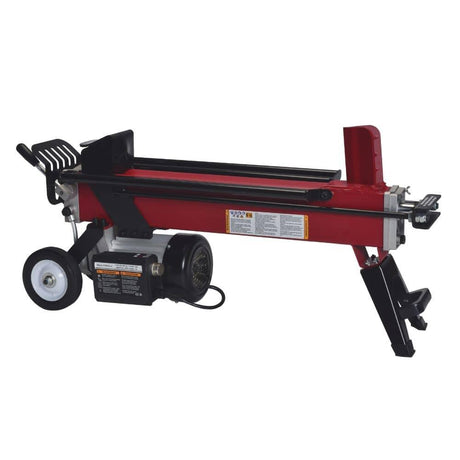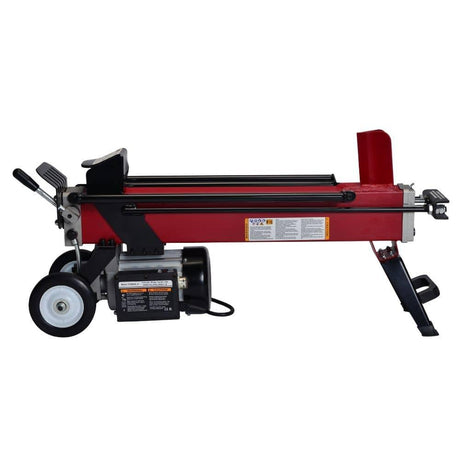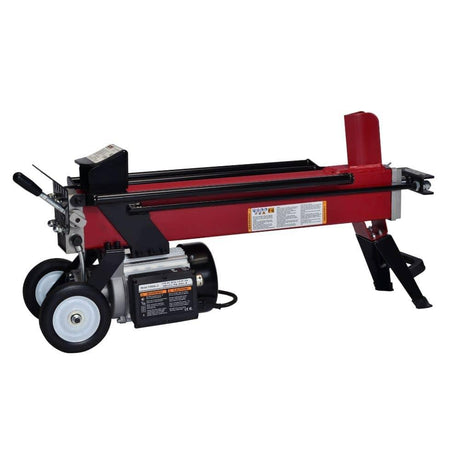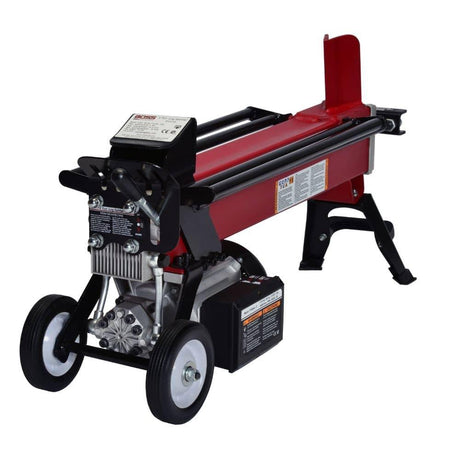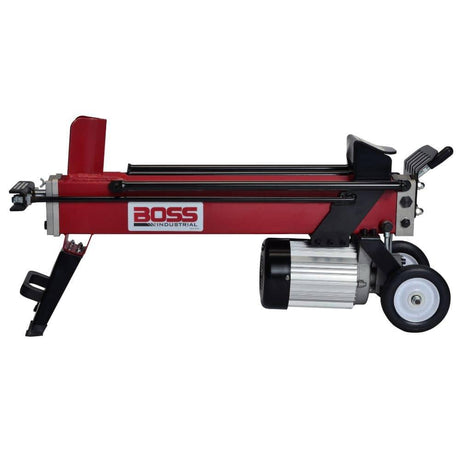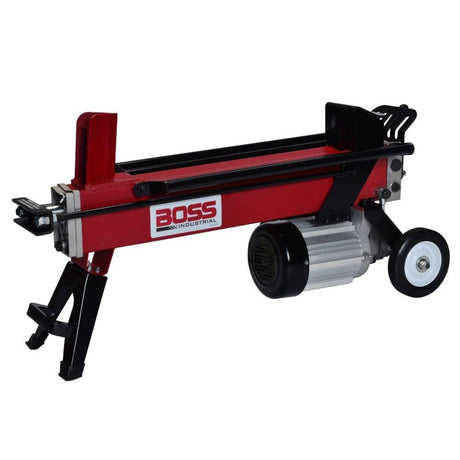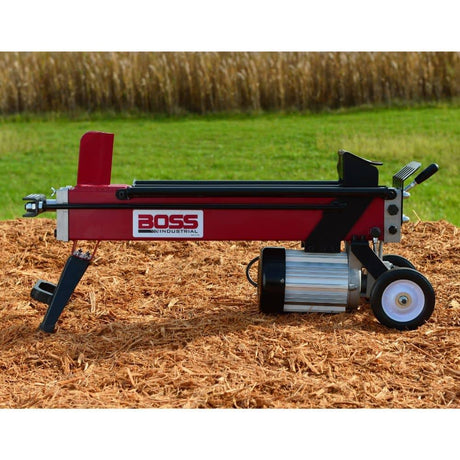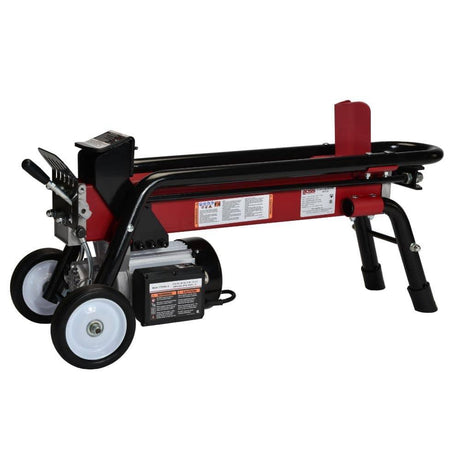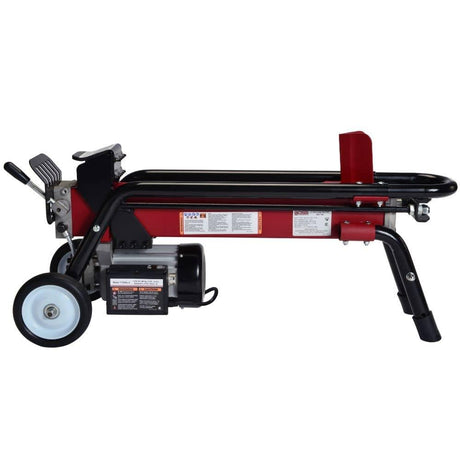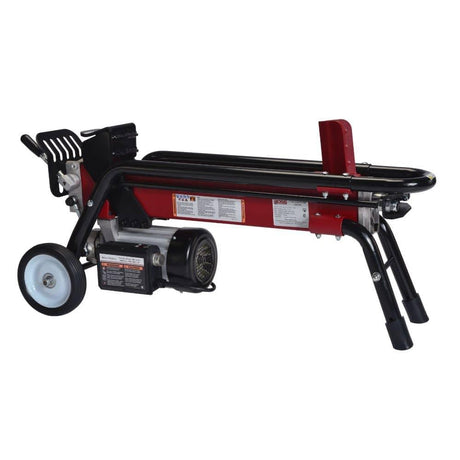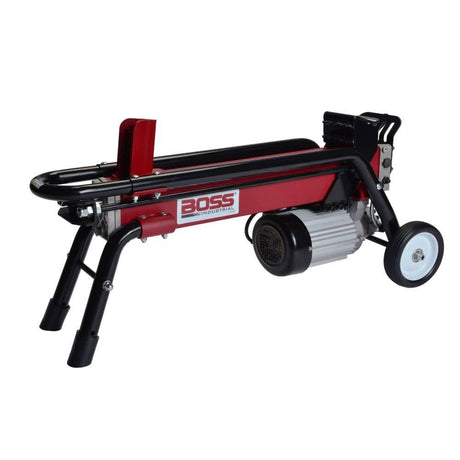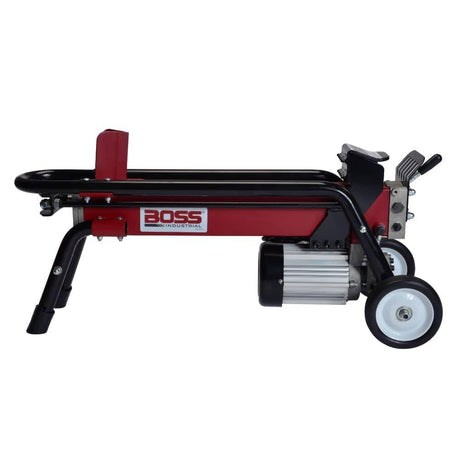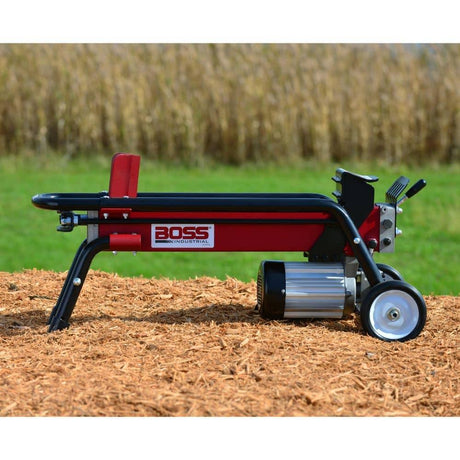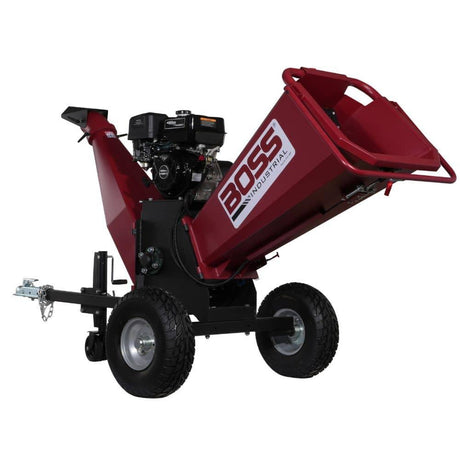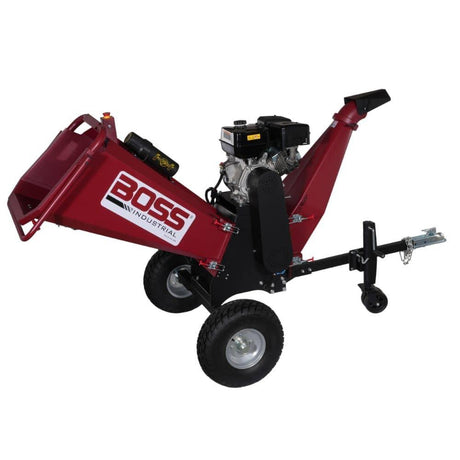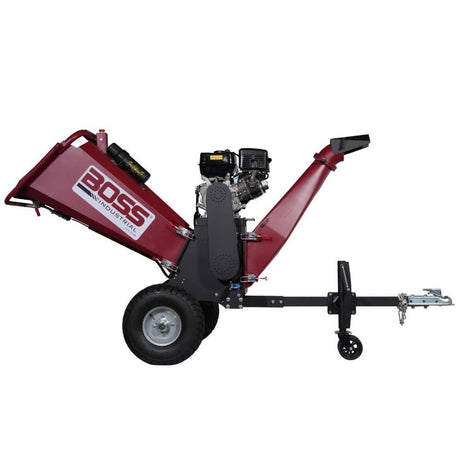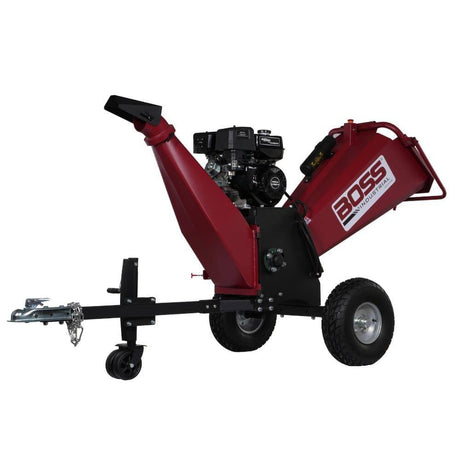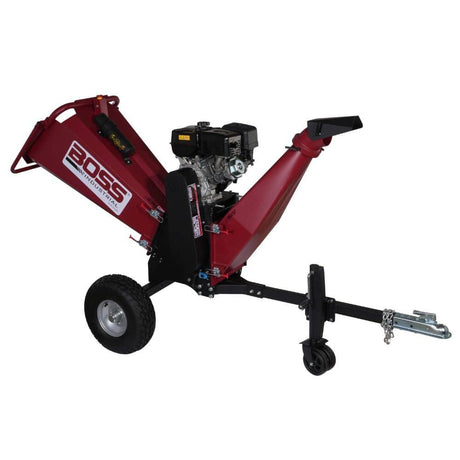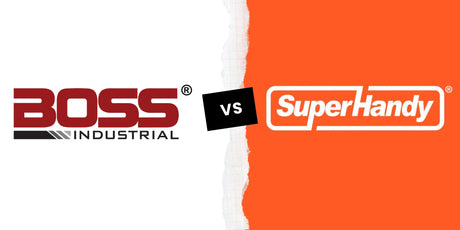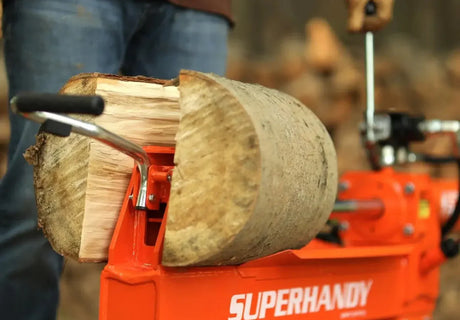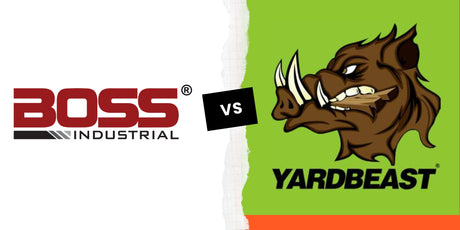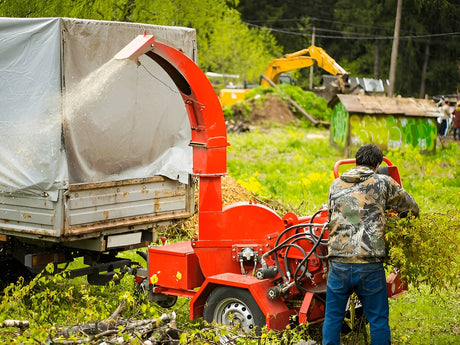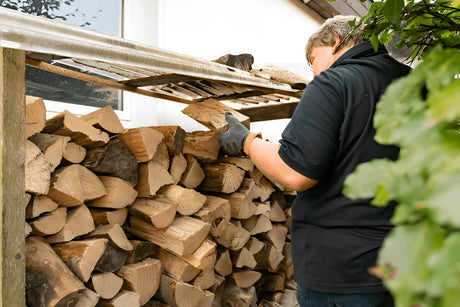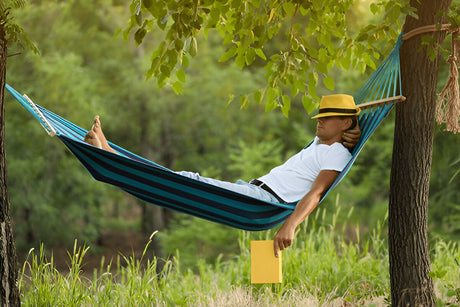Alright, let’s be honest — a wood chipper is one powerful machine. It’s fast, loud, and gets the job done. But just like a truck or a chainsaw, it demands respect. Practicing wood chipper safety isn’t about a checklist; it’s about protecting yourself, your gear, and everyone around you.
I’ve seen folks take shortcuts — trust me, it’s never worth it. Let’s walk through some simple, no-stress tips to help you use your chipper the right way.
Why Safety Should Always Come First
You might think you just feed in branches, out come wood chips, and you’re done. But inside are high-speed blades spinning with real power. One careless move can send things sideways.
full guide on chipper operation and use
👉 Quick tip: Wood chipper safety is a habit. The more you do it right, the more natural it becomes — like buckling your seatbelt.
What Can Go Wrong? Let’s Talk About It
To avoid common hazards, check out 5 things you should never put in a wood chipper.
Flying Debris
That whrrrr can fling pieces of brush back at you, especially if you’re dealing with wet leaves.
Safety Tip: Stand off to the side and wear eye protection. You don’t want to be struck by a rogue chunk of wood.
Blade Contact
Never reach into the hopper to fix jammed material. Even a tiny “quick nudge” can end badly.
Safety Tip: Use a push stick or spare branch. Keep your hands away from the chipping mechanism.
Hearing Damage
Gas wood chippers can be lawnmower-on-steroids loud.
Safety Tip: Use hearing protection — earmuffs or plugs — to save your ears.
Engine Fumes and Fuel
A gas internal combustion engine produces carbon monoxide, and refueling a hot machine is risky.
Safety Tip: Shut off and cool the motor first. Always work in a well-ventilated area.
Why Accidents Happen — And How to Avoid Them
User Mistakes
- First-time use: Underestimating the chipper’s strength.
- Skipping maintenance: Dull knives or loose belts lead to trouble.
- Hands in the hopper: Biggest no-no. Don’t even think about it.
Machine Issues
- Worn parts: A crack in a steel disk or a loose belt can cause sudden failure.
- Improper assembly: Using the wrong parts or disabling safety features invites disaster.
👉 Expert advice: A customer removed his chute guard because it “got in the way.” A week later, his glove got pulled in. Lucky escape, but it taught him about occupational safety the hard way.
Bottom Line
Each time you power up a tree chipper or any mobile wood chippers, you’re dealing with real power. That’s great if you show the machine respect. Know the risks, form good habits, and do a once-over before you start. You’ll work faster, safer, and more confidently.
Getting Ready to Chip: The Smart Way to Start
It’s satisfying to turn a big tangle of wood and limbs into mulch, but you don’t rush off on a road trip without checking your tires, right? Same idea here. A little prep goes a long way.
For tips on using wood chips as free mulch in your garden, see our guide to using wood chips as mulch.
Gear Up: The Must-Have Safety Wear
Eyes, Ears, and Hands — Covered
Goggles (for eye protection), earmuffs, and snug gloves. Loose gloves can get caught in moving parts.
👉 Quick tip: I keep a spare set in my truck. You never know when you’ll need them.
Dress the Part — No Loose Ends
Closed-toe boots, slip-resistant soles, fitted long sleeves, no dangling strings. I typically wear old jeans, a flannel, and a vest if it’s cold.

Pre-Check Your Chipper Like a Pro
Quick Look Under the Hood
- Blades: Sharp and intact, or your material diameter capacity might suffer.
- Safety guards: Firmly in place, not rattling.
- Fuel: For gas models, top off before you start so you don’t run out mid-job.
👉 Personal note: Once, a small nick in a fuel hose split mid-job. Had to stop everything to fix it.
Prep Your Work Zone
Clear out any metal, nails, or stray objects. Don’t chip in low light. If it’s a shared space with workers around, set up cones or flags. No one wants an unexpected cameo from someone wandering by.
When gear’s on, the machine checked, and your infeed hopper area cleared, you’re set. Smooth, steady, and no panic.
Safe Chipping Starts with Smart Habits
Now it’s about how you operate the feed mechanism. Think of it like cooking a steak — technique matters.
Start with Solid Ground: Positioning Matters
- Flat ground: Even a slight slope can cause the chipper to rock.
- Clear discharge chute: Aim chips where they won’t create hazards.
- Stable base: If it’s muddy, lay down plywood or engage wheel locks.
- Lock it in: Some have stabilizers or rollers.
👉 Tip: I once placed my chipper on soggy grass. Five minutes in, it shifted and clogged.
Feeding Like a Pro: How to Chip Without Clogs
- Trim the extras: Cut off twigs or leaves so feeding goes smoothly.
- Butt-end first: The thicker end helps the blades mounted on the chipper drum grab properly.
- One at a time: Cramming multiple branches is a sure way to jam.
- Watch out for wet debris: Damp brush can clump quickly.
Curious what happens when you feed wet wood? Read what happens if you put wet wood in a wood chipper.
👉 Little trick: If you have wet stuff, mix it with dry material for better flow.
Keep a Safe Distance — Seriously
Stand off to the side, mark your zone, and keep distractions minimal. I once got startled mid-feed and nearly tossed the branch into the infeed hopper at a weird angle.
Rookie Mistakes? Let’s Avoid Those
Overloading stalls the feed mechanism. Awkward angles can wreck your chipper or bend knives. And ignoring weird rattles or squeaks can lead to bigger issues. I once dismissed a rattle and ended up with jammed material in the chipper drum.
Smooth Operation = Safer, Faster Work
Work with the chipping mechanism, not against it. Feed it properly, give it time, and you’ll finish faster with less stress.
After the Job: How to Shut Down and Care for Your Chipper the Right Way
You’ve finished chipping, the yard looks great. Take a moment to clean up. Think of it like tidying the kitchen after cooking a feast.
Shut It Down Smoothly (Let It Breathe First)
Let it idle for a minute or two, then throttle down. If there’s a fuel shutoff, close it. Walk around to remove jammed material, and do a quick check for cracks or leftover debris.
👉 Tip: I keep gloves on; those tiny splinters love to hide.
Jammed? Here’s the Safe Way to Handle It
Turn the machine fully off. Don’t stick your hands anywhere near the hopper. Use a stick or chipper tool to nudge jammed material free. If you’re clearing it every hour, your knives might be dull or your wood is too damp.
Quick Maintenance That Saves You Time Later
A clean, sharp chipper spares you from clogs and wasted time. Sharpen dull blades, clear sap, and tighten bolts. Keep a small tool kit with a spark plug, extra gloves, maybe an electric motor part if you have a hybrid system. That’s saved me a few times.
Storing Your Chipper for the Off-Season
Drain the gas if you’re done for the season, or use a stabilizer. Cover it with a breathable tarp, store it on solid ground (not damp), and consider starting it occasionally so it doesn’t seize. I note the last run date, blade condition, and any maintenance tasks so I’m not guessing in spring.
A Little Care = A Lot More Chipping
With routine care, your original chipper design will run smoothly. Take five minutes to cool it down, check it, and clean it. That’s all it takes to avoid a mid-season meltdown.
Chipper Safety by Type: What to Know Before You Choose
Not all wood chippers are created equal. Fuel type, cutting style, and portability each play a role in wood chipper safety.
Gas or Electric — Which One’s the Safer Bet?
Gas Wood Chippers
Great for larger areas, no cord to trip over, but handle gas carefully. Keep the tank away from open flames or hot surfaces. You might see whole tree chippers or tub grinders in commercial settings — those definitely need extra caution.
Discover our Gas Wood Chippers
Electric Chippers
Lighter, quieter, no fuel. Watch the cord so it doesn’t get pulled or stepped on. Electric motor models are also typically smaller models, good for suburban yards.
Knives vs. Hammers: Two Ways to Chip, Two Kinds of Caution
Knife-Style
Razor-sharp blades mounted on a rotating steel disk or disk-like plate. Produces clean chips but can jam if overloaded.
Hammermill
Swinging hammers break down leaves or smaller brush more easily, but produce more dust. Some people prefer drum chippers for medium to large pieces.
Portable vs. Stationary — Does It Matter?
Portable
Easy to move around. Just watch the wheels so it doesn’t shuffle.
Stationary
Heavier, less vibration, but once it’s set in place, it’s not moving without effort.
Final Thought: Safety Starts with Setup
Choose a chipper that fits your property and needs. Don’t overlook your footing, the feed mechanism, or any built-in safeguards. If you’re unsure, workers at a local hardware store or an online expert can guide you to the right solution.
Safety Isn’t Complicated — It’s Just a Habit
Suit up, stay alert, and listen to your wood chipper. If you’re unsure about material diameter capacity or want help choosing smaller models or a bigger tree chipper, just ask. Wood chipper safety matters and so does making yard work easier.

